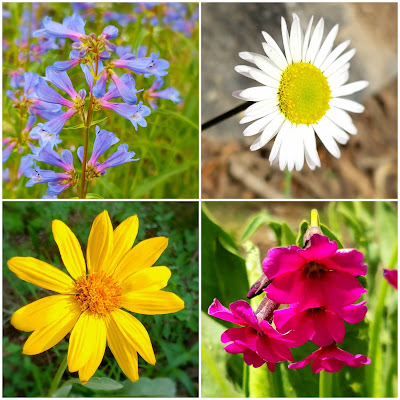The Passion Flower
I love flowers. Wildflowers in the mountains are particularly intriguing; I take photos by the hundreds every summer and have been cataloging them into a blog. They are so distinctive, so varied in color and form, often so intricate and delicate. Some are highly specialized to be polinated in certain ways, at certain times. Some are edible, some are poisonous. Most require their own specific growing conditions (soil, moisture, light, elevation) in order to thrive.
The "passion flower" shown here is representative of this but with some unique aspects. It's a flower that grows in many places around the world; the photo shows one that Bonnie and I stumbled on in a botanical garden in Buenos Aires. There are supposedly over 500 related species in the genus, that vary in color and presentation.
The name "passion flower" supposedly originated with Christian missionaries in Europe some 500 years ago. They attributed symbolism in the flower to some aspects of the "passion of Jesus", or the final hours of his life. Among others, from the top down - the three brown stigma correspond to the 3 nails of crucifixion, the 5 yellow-green stamens are the five wounds (hands, feet, and side), the many radial filaments are like a crown of thorns, and the ten sepals or petals are the 10 faithful apostles of those final days (excluding Judas and Peter). The blue and white coloring represent heaven and purity.
When God created passion flowers, I doubt He had symbols of the crucifixion in mind. That's an artificial association made by men. But I #GiveThanks for the beauty and variety of flowers, and in this case, for the reminder of sacred and important events.




Comments
Post a Comment